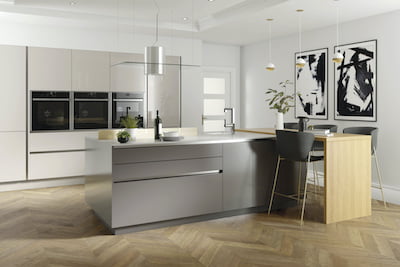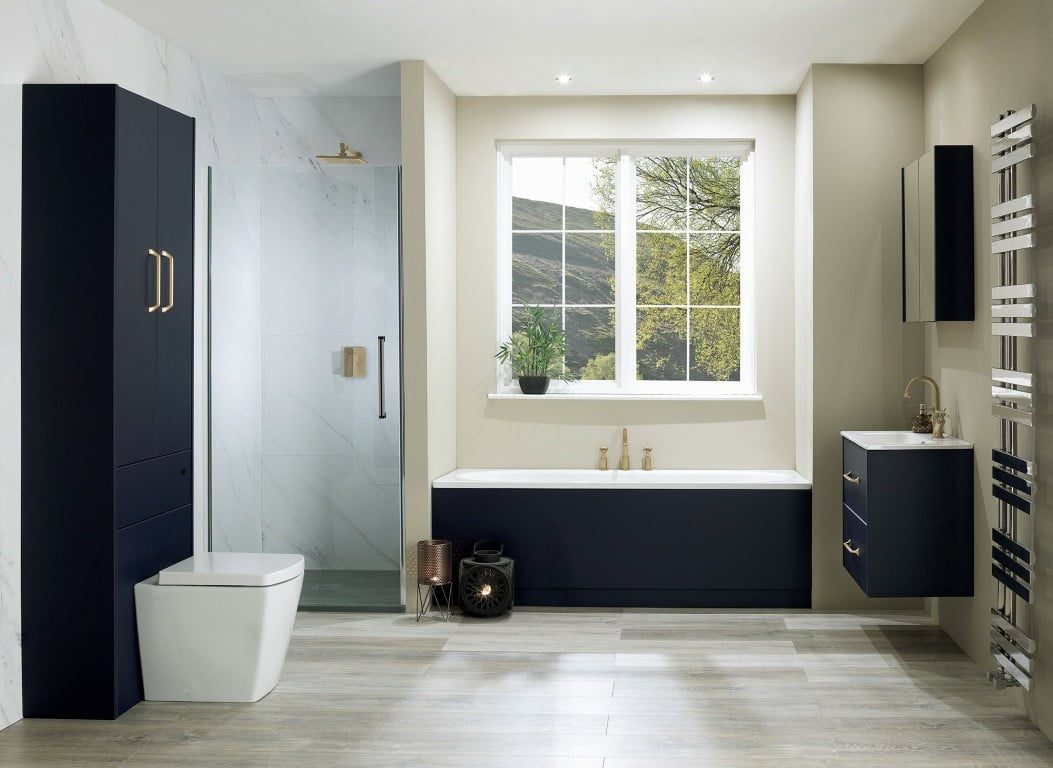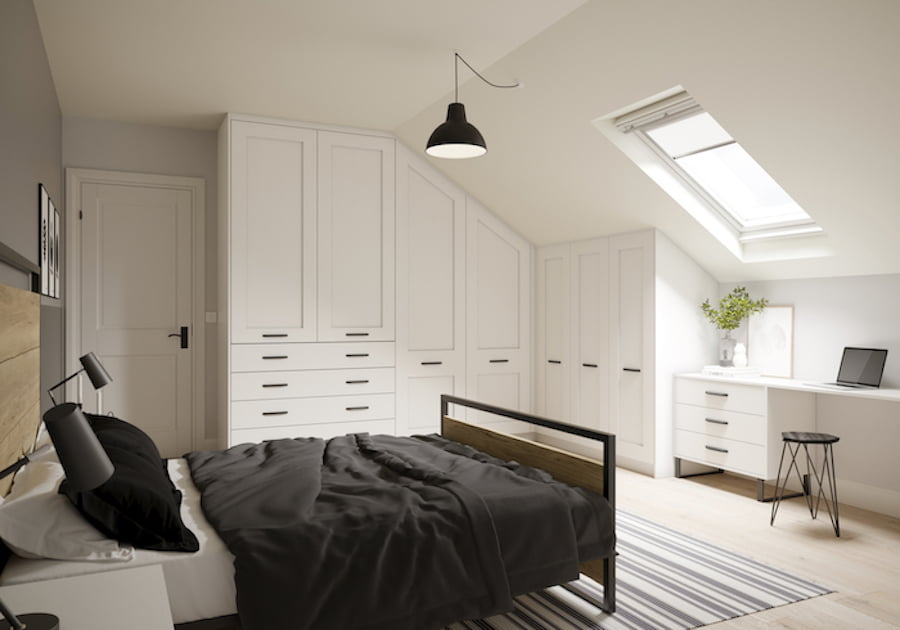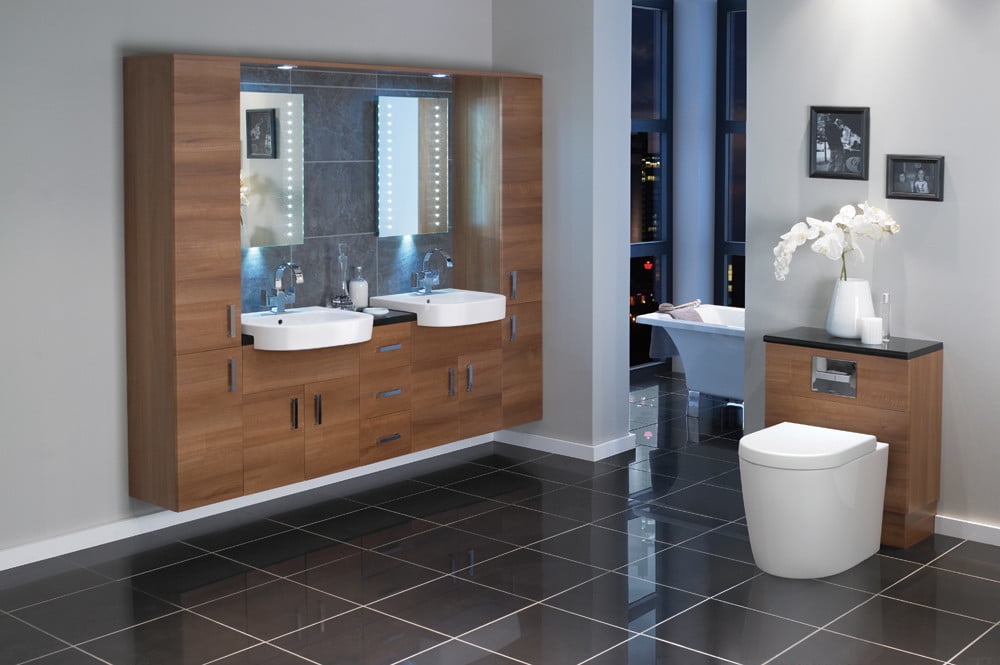Underfloor heating, (UFH), comes in two distinct forms, the “wet system” and the “electrical” format. The wet system is a system of pipes fed by hot water from an existing or secondary Central Heating system, which is buried under a cement screed, whilst the electrical system is a wire, either on its own or woven into a plastic, supportive mat, laid directly onto the floor and tiled over.
The wet system heats the surrounding screed and the heat is then disseminated into the air, but as it heats up a large volume of cement, it is not easy to control. Both heating and cooling takes a long time.
In contrast, the electrical system, if installed correctly, is relatively easy to control. It would take, typically, 30-40 minutes to heat a floor, and the same amount of time for it to cool down.
Even big barn conversions and ultra-modern new builds will install the electrical system upstairs, simply because of the thickness of the screed required for the wet system.
So, for a modest semi-detached or terraced house, we will focus on the electrical system.
It has two forms. The 150w/m2 form is termed “comfort” heating, and just warms the tiles. The 200w/m2 form is termed “sole source” heating, and will warm the tiles and the surrounding air. Sole source heating means that there is no need for a wall radiator, and, where there is a towel warmer, the heat from the floor warms the air, leaving the towel warmer to do exactly that, warm your towels. Remember, once a towel warmer is draped with a couple of towels, very little heat escapes to warm the air.
The system comprises of two basic elements, the heating wire and the thermostat controller. The wire is just that, a heating element similar to that in your kettle or electric fire, but stretched out and very thin. The controller can be a basic, “on/off” device, or it can have various levels of control, from a simple timer to fully programmable touch screen thermostat.
Because the wire, (the “under the floor” bit) is so simple, most manufacturers are happy to offer a “lifetime of the floor” guarantee. This means that as long as you don’t mess with the tiles, if anything happens to the wire, they will repair it and make good the floor for free.
The controller is an electronic device, and therefore more prone to failure. Most manufacturers offer a 3 year guarantee, which is fairly typical for all electric/electronic devices.
If the heating is to be fitted on top of a concrete floor, it would stay switched on until it had warmed that entire slab to whatever temperature the controller is set at, which could take days. In order to avoid that, it is best to lay insulation under the wire to separate the heating from the concrete. Now the heating will warm your tiles without driving your electric bill through the roof!
Talking about electricity bills, it is worthwhile pointing out that, at current rates, you should calculate about 11 pence per metre per hour. So, if your bathroom is 3m2, and you have the heating on for 1 hour, you should expect to pay 33p. For a 10m2 conservatory, again on for one hour, your bill would rise by £1.10p.
For people who are both at work, and who get up and shower at approximately the same time, the heating need only be on for one hour in the morning. Set it for 40 minutes before your alarm goes off, so that the floor is lovely and warm when you go into the bathroom, but remember, it will stay warm for about the same time, giving you both plenty of time to shower while the floor is toastie.
If you have any questions about the type of heating to fit in your situation, or you would like more detail, please call a member of our team, who would be delighted to help out.








